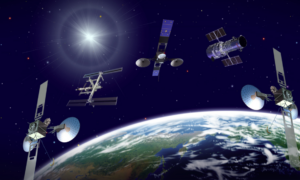
Space traffic management (STM) is nearing "a tipping point" and key space nations need to establish an international space traffic management organization (ISTMO) to deconflict such traffic, and such nations should convene an international space traffic management meeting within five years that sets specific milestones to be achieved within a decade, according to a report this month by RAND. "STM is currently an ad hoc process," said the report, International Space Traffic Management: Charting a Course for Long-Term Sustainability. "This…














